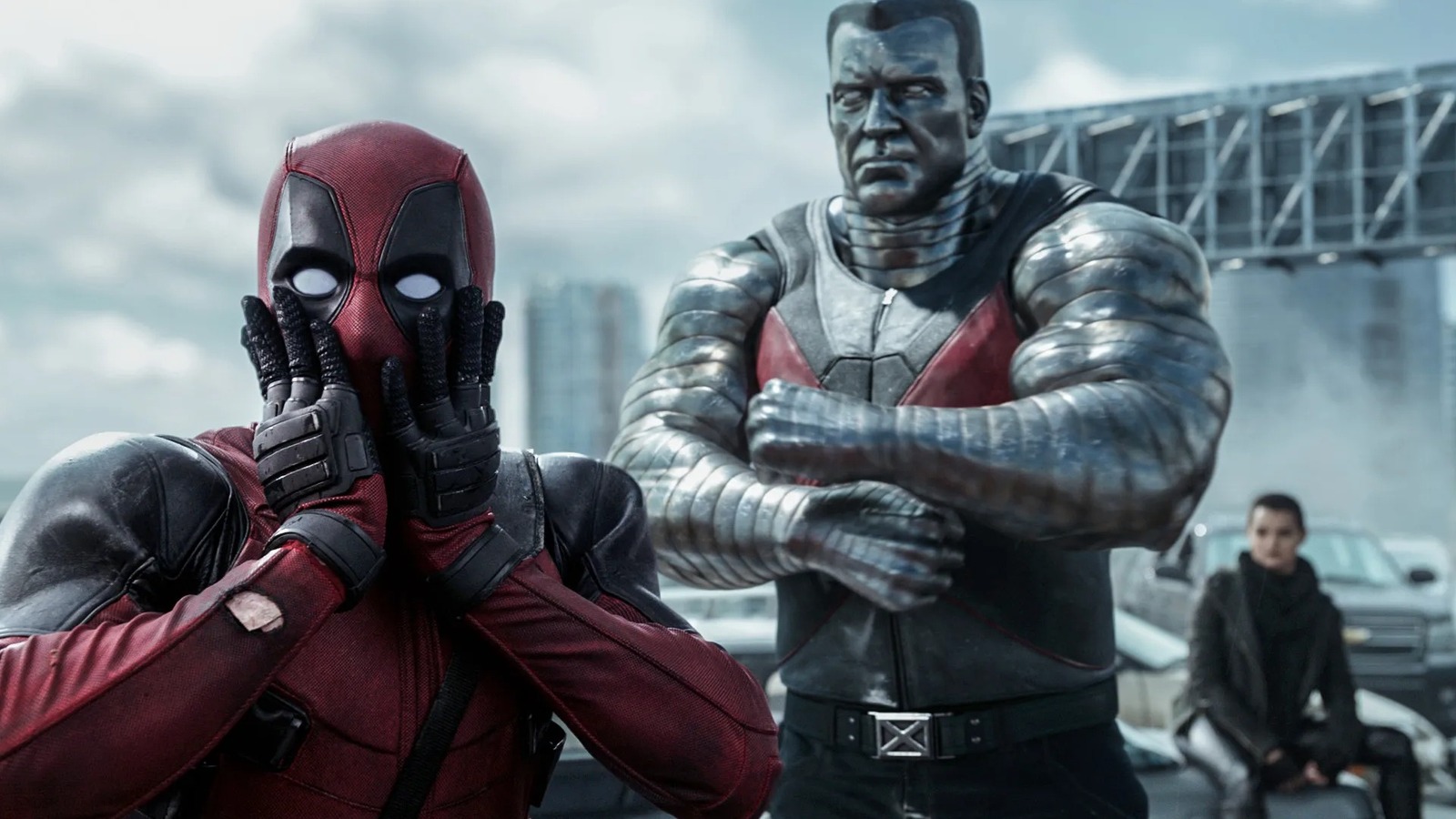
The initial run on “X-Men” was, frankly, a flop. The stories and characters (the initial team being Cyclops, Beast, Angel, Iceman, and Marvel Girl) largely lacked the spark of Stan Lee and Jack Kirby’s best work at Marvel Comics. “X-Men” was even canceled in 1970 and only revived five years later with “Giant-Size X-Men” #1 (by Wein and artist Dave Cockrum).
The new “X-Men” retained the premise but replaced half the original team (Professor X, Cyclops, and Jean Grey stayed) to spice the book up. “Giant Size X-Men” #1 opens with Professor X recruiting his new X-Men one-by-one to save the original team after they disappear on a mission. Note Cockrum’s cover of the issue above; Colossus is in the center and pointing forward, leading the literal charge and the symbolic one of a new cast entering the story.
Piotr is introduced working on a Soviet farming collective; he debuts his powers to save his little sister Anya from being hit by a tractor. Professor X convinces him his powers can benefit the world, not just his state, and Colossus leaves with him. So, a burly square-jawed farm boy with a gentle soul? Yeah, Colossus is basically Superman.
“Giant Size X-Men” #1 remade the X-Men into an international team (Nightcrawler was German, Storm Kenyan, Wolverine Canadian, etc.). As Claremont noted to SYFY, Colossus’ Soviet background was the most “radical” choice of all. The Cold War was ongoing, but this American superhero comic was teaching kids that Russians are still part of the human race with the same capacity for (super) goodness as anyone else. One can easily compare this to the cast diversity in the original “Star Trek” series, which also had a Russian character (Pavel Chekov, played by Walter Koenig) to demonstrate mankind was traveling the stars as one.


Leave a Reply